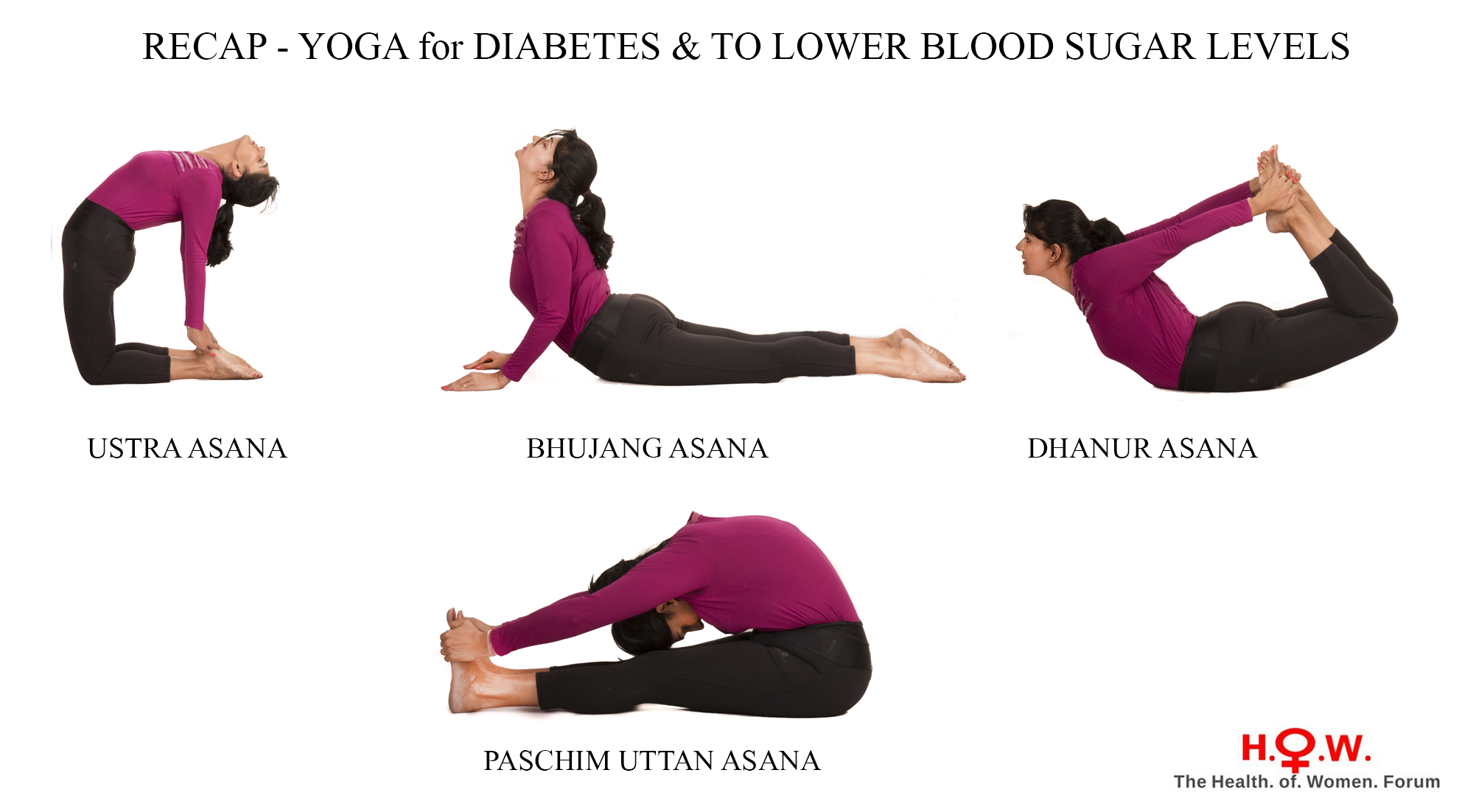
Many people with migraines have reported success with yoga as a treatment for migraine. The effectiveness of yoga has been proven by clinical trials, which showed significant improvements in the frequency and intensity of headaches in sufferers. The exercise not only reduced stress but also helped patients to improve their cardiac autonomic balance, and decrease the sympathetic drive. These results have been replicated in a number of studies. To learn more about the effectiveness of yoga as a treatment for migraine, you can read on!
Legs Up the Wall is a popular pose for migraine treatment. In this pose, the legs are lifted toward the ceiling, which allows blood to flow to the brain in the opposite direction of downward dog. You must lie flat on your stomach, your knees facing upwards. Your arms should be by your sides. Keep your chin down and your back into the mat. This is a great way to reduce pain and lengthen the spine.

Bridge Pose is another popular yoga position for migraine sufferers. It helps release tension in the upper back and increases blood flow. The bridge pose requires you to lie on your stomach with your knees raised. For at least 15 minutes, you can hold the bridge pose. If it helps, increase the amount of time you spend in this position and you'll soon find yourself with a better quality of life. You can incorporate these practices into the daily routine of someone suffering from migraines.
Child's Pose relieves upper-body tension and helps the flow of blood to the head. The bridge pose increases blood flow to the brain and is especially helpful. With your eyes closed, you can best do this position on your back. Your knees should be slightly bent to reach your feet and help relax your upper body. To prevent migraines, it is recommended that you practice this pose multiple times per day.
It is an excellent way to find a yoga headache relief. It can help relieve pain and boost your cardiovascular system. The downward dog can be used to alleviate throbbing headaches. It activates the pressure point in the neck and heads. It's a great remedy for migraines. You can do it in bedside yoga for migraines. If you aren't comfortable lying down on the floor, you can do the pose in a chair.

Yoga is an effective way to reduce migraines. It's also effective as an adjuvant to modern therapy. According to research, yoga practice can improve overall wellbeing. The researchers recommend yoga as an addition to modern medication. Yoga can be a great option for migraine sufferers. It may even prevent the onset of a migraine altogether!
FAQ
What is the best exercise routine to build muscle?
You need to perform two types of exercises when building muscle mass. These are compound movements and isolation exercises. Isolation exercises target specific muscles while compound moves focus on multiple groups at once.
Choose exercises that test all your major muscle groups to improve your workouts. This ensures that your sessions are challenging and you are always working hard.
MyFitnessPal, an app that tracks your actions, can be used to help you keep track. It allows you to log everything from calories burned to weight lifting. You can even create customized meal plans that are based on your goals.
What is a good 7-day workout schedule?
A seven-day exercise program should consist of three days per week of cardiovascular training (running, biking, swimming), two strength exercises (using free weights, weight machines), and one flexibility/core workout (yoga, Pilates). It's essential to do each activity at least once a week. Maximum 45 minutes should be allotted for each session.
Cardiovascular Exercise: Running, Biking, Swimming
Aim to do at least 60 minutes per week of cardio. For best results, aim for 75 minutes per week. Cardio exercises can increase blood flow and stimulate the growth of muscles.
Strength Training
While cardio exercises target the heart and lungs, strength training targets the muscles and bones. Strength training builds lean muscle mass, which helps burn calories even when resting.
Flexibility and core workouts
To strengthen your whole body, flexibility and core work outs are excellent ways to do so. Both yoga as well as Pilates are great choices.
Do I need to exercise every day?
No! Do at least 30 minutes of moderate intensity physical activity five days a week. That could mean walking fast enough for you to get slightly out of breath and biking hard enough for you to sweat.
How fast can my body be transformed?
The first step is to change your mind. You have to be willing to change.
Once you have decided you want to make changes, you will need to commit to your fitness goals at least for 3 months.
Then, find a program to fit your life.
Setting realistic expectations is also essential. If you are not ready to dedicate the time and effort to reach your goal, do not spend money on a gym.
Instead, spend your free time exercising outdoors.
You can lose 1 lb if you walk around the block for one hour each day.
Now that you have an idea of what you want, start planning how to arrange your life to follow this plan.
This means that you should schedule time for exercise every morning before heading to work, and allow yourself to take breaks throughout the day.
Reward yourself for reaching milestones. You can buy accessories and clothes that reflect your success.
Which order is best for working out?
It all depends upon what you are trying to achieve. You should start with heavy weights if your goal is to build muscle mass. Then, move on to cardio. For those who want to lose weight or exercise, you can switch from cardio to strength-training.
You can burn fat by just doing cardio. Then add strength training after.
Cardio is the best way to build muscle mass.
Eat before you go to the gym. This will fuel you muscles better, which will make it work harder. You will feel happier during your workout.
Statistics
- Candidates and applicants must pass all four tests at 70% (minimum level) to graduate from Basic Deputy U.S. Marshal (BDUSM) Training. (usmarshals.gov)
- An estimated calorie range for moderately active adult males falls between 2,200 to 2,800 calories per day, depending on age. (eatright.org)
- According to the American Academy of Dermatology (AAD), men over 50 are at a heightened risk of developing it. (healthline.com)
- 10 pounds in a month is likely during a lean bulking phase, especially for beginners. (muscleandstrength.com)
- According to the American Heart Association, blood pressure should be checked at least once every two years, beginning at age 20. (my.clevelandclinic.org)
External Links
How To
How can I burn fat while exercising?
Exercise reduces calories by increasing metabolism, and oxygen consumption.
You'll lose weight safely if you exercise at moderate intensity.
These tips will help you burn fat and keep fit while exercising.
-
Do cardio exercises such as walking, swimming, jogging, cycling, running, or elliptical training.
-
Exercise for 30 minutes three times per week.
-
If you want to lose more weight, add strength training to your routine.
-
Avoid doing intense exercises. It is possible to build muscle without destroying muscle tissue.
-
During exercise, drink plenty of water. Water helps flush out toxins and keep your body properly hydrated.
-
After working out, drink low-fat protein shakes. Protein shakes can help boost energy and repair muscles.
-
You can eat smaller meals throughout the day so that you don't feel hungry in between meals.
-
Don't skip breakfast! Skipping breakfast can lead to fatigue and sluggishness.
-
Take care of your mind. Stressful situations can affect your metabolism.
-
Keep a positive attitude. Studies have shown that people who are convinced they are overweight gain more weight than those who feel they look attractive.
-
Sleep enough. Insufficient sleep can make it more difficult to lose weight.
-
Stay active. Be sure to get up and move around every hour or two.
-
Maintain a healthy diet. A healthy diet will help you feel fuller for longer.
-
Find relaxation methods. Tenseness can cause stress hormones to break down muscle tissue.
A balanced diet contains all necessary nutrients for growth and development.
Instead of eating three large meals a day, eat six smaller meals every day. This allows your body time to digest what you've eaten.
You need about 500 milligrams of calcium daily to maintain strong bones. Calcium is found in dairy products like yogurt, fortified milk beverages, orange juices, cereals and bread.
Calcium comes from leafy green vegetables, beans, tofu, nuts, seeds, and cheese.
Vitamin D is required by the body to absorb calcium. Vitamin D is found in eggs yolk, fatty fish and fortified foods.
Vitamin E is essential for skin health. Vitamin E can also be found in vegetable oil, wheat germ oils, peanuts as well almonds, sunflower seeds and corn.
Your body requires zinc for normal immune function and wound healing. Zinc can be found in seafood, legumes and meats.
Zinc deficiency could cause fatigue, nausea, vomiting, and depression.
Too much sugar leads to insulin resistance. This results in higher blood glucose levels. Insulin resistance is linked to weight gain.
When there is a high level of free radicals, insulin resistance can develop. Free radicals are molecules containing unpaired electrons which cause damage to cells membranes.
Food additives, pesticides and herbicides, as well as preservatives, smoking and radiation are all sources of free radicals.
Free radical damage may lead to cancer, heart disease diabetes, arthritis, asthma and other conditions.
The best way to avoid free radicals is to eat a balanced diet high in antioxidants. Antioxidants protect against oxidative damage.
Vitamin C can be found in citrus fruits. Beta carotene can be found in carrots. Sweet potatoes. Tomatoes. Carrots. Sweet potatoes. Spinach. Broccoli. Cantaloupe. Vitamin E is found in nuts. Olive oil, avocados.
Selenium, manganese (and zinc) are other antioxidant nutrients.
Selenium protects cells from free radical damage. Selenium can be found in Brazil nuts and liver, kidneys, liver, kidneys, shrimp, cod, turkey and lamb as well as chicken.
Copper protects the brain, eyes, lungs, and red blood cells. Copper is found in shellfish, poultry, meat, and organ meats.
Manganese is essential for bone structure. Manganese can be found in brown rice and spinach as well as bananas, prunes raisins, oatmeal, lentils, and oatmeal.
Zinc is important for healthy growth, reproduction, and wound-healing. Zn is found in lean meats, poultry, white fish and eggs.